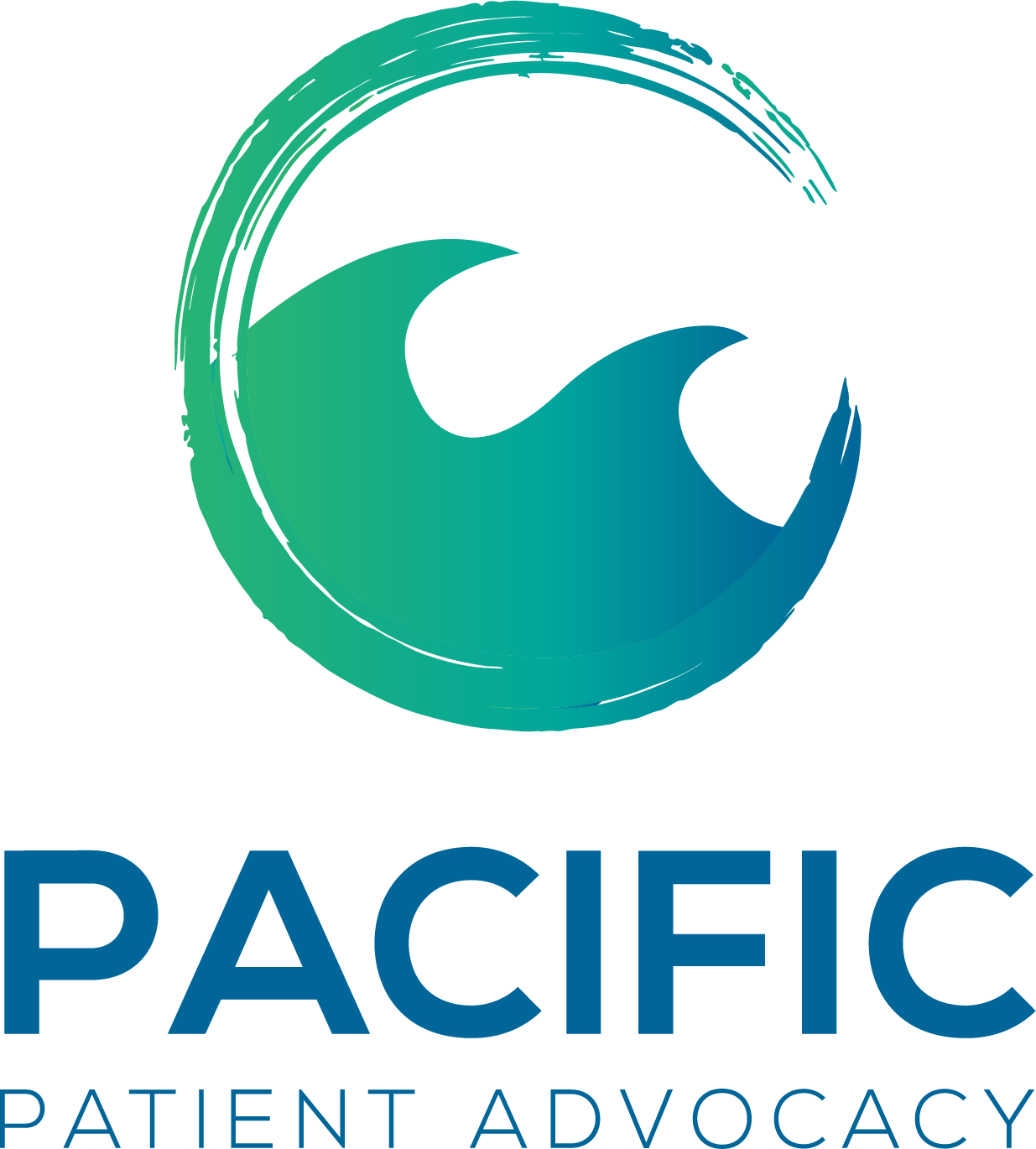
For many years, I have been following the work of Dr. Victoria Sweet, who has brought the phrase “Slow Medicine” to the American conversation on healthcare. I just finished her most recent book Slow Medicine, which I read voraciously, and more importantly felt resonance and companionship in my vision for what doctors need in order to practice good medicine. In her words:
‘Healthcare’ has replaced medicine, “providers” look at their laptops more than at their patients, and costs keep soaring, all in the ruthless pursuit of efficiency. Yet the remedy that economists and policy makers continue to miss is also miraculously simple. Good medicine takes more than amazing technology; it takes time—time to respond to bodies as well as data, time to arrive at the right diagnoses and the right treatment.
I especially resonated with the story she begins with, the hospitalization of her elderly father. Unfortunately, it was a story I was only too familiar with and could exchange any number of names or faces directly into this story.
Her elderly father was admitted to the hospital for a seizure. He had a long-known history of seizures and most likely had missed a few doses of his seizure medication. Upon admittance he was misdiagnosed with stroke, food taken away, drugged, and ended up in four point restraints (tied to the corners of the bed). Nobody hardly touched him his whole stay in the hospital. They saw him in restraints, and without further assessment labeled him “confused” in the charts. He had a different doctor every day, and all the specialties that came through, ie physical therapy, speech, occupational therapy, followed stroke protocol (for the stroke he never had) and labeled him too dangerous to get out of bed or to eat. He developed an infection from his unnecessary catheter that someone forgot to remove and became near to death as a result. This is all with having a very competent doctor for a daughter. The author, Dr. Sweet, seeing her father swallowed whole by the system called a family meeting. She only saw one way out, to ask to have her father sent home on hospice, the only way to escape the mire of protocols they had become entangled in. He went home that day, and recovered under his family’s humane care within a month and was discharged from hospice.
She requested his medical record from the stay and it took her four hours to read all 812 pages. What it consisted of surprised her—hundreds of pages of pharmacy orders, hundreds more pages of nurses’ charting, which was simply checkmarks, and some measly copy and pasted doctors’ narrative notes. There was something missing in this giant stack of paper. Responsibility. No wonder her father had been misdiagnosed—there was no one person in charge. The record was a million tiny pieces, pages of boxes and checks marks for which no one person was responsible. There was no coherent picture of the human being at the center of all this. What is medicine without a story? How can we make sense of what is happening in this kind of fragmented approach to medicine?
Not too long ago, medicine was practiced with continuity and responsibility. For example, a general doctor saw his or her own patients in the clinic and the hospital and cared for them their whole life long. However, now the only continuous piece of the story is the patient. Thus, it is up to the patient to know their own story, present it to the many practitioners they will encounter through their care, and ultimately take responsibility for their own health. This is not the way medicine was intended to be , but that way it is now, and why it is more important than ever to either have some kind of succinct health history timeline to present at each encounter, or seek help from somebody who can help craft the story, and keep all the pieces together so that the whole patient picture in view at all times. We are up against a behemoth and labyrinthine system, and we need to come to face it with intention. This is where a patient advocate like myself or a family member can come in and take some time to go over your whole medical history and advocate for the necessary next steps.
Again, this is only one story of the harm we are at risk for with a lack of continuity of care. I will save more for another time! In the mean time, check out Dr. Sweet’s pioneering work and how she is determined to marry the best of our modern medicine with the wisdom of the old ways.
